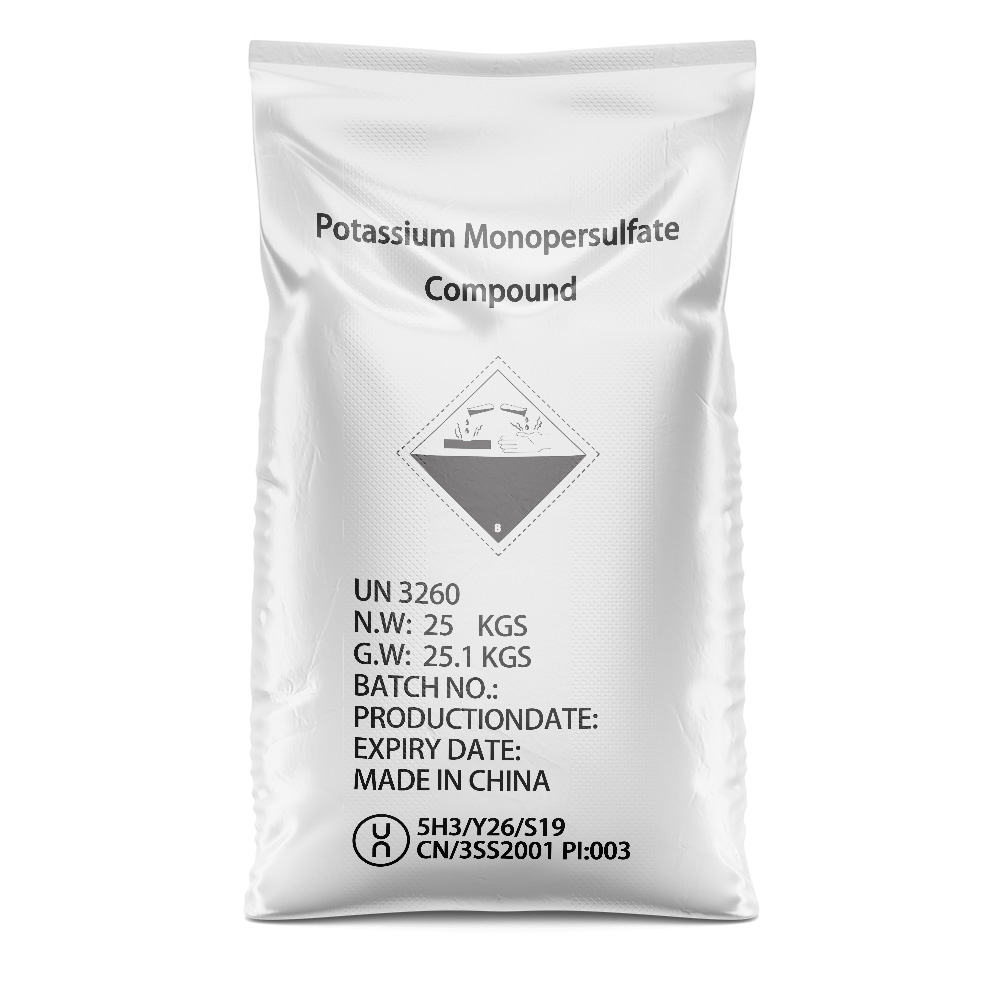



Exploring the Applications and Benefits of Sodium Hydroxide in Various Industries
Exploring the Chemistry and Applications of Sodium Hydroxide (NaOH) in Manufacturing Processes
Sodium hydroxide (NaOH), commonly known as caustic soda or lye, is a strong alkaline compound that plays a vital role in various industrial processes. With its chemical formula consisting of one sodium ion (Na⁺) and one hydroxide ion (OH⁻), NaOH is highly soluble in water and generates heat upon dissolution. This article will delve into its chemical properties, production methods, and widespread applications, particularly focusing on its significance in the manufacturing and chemical industries.
Chemical Properties and Nature
Sodium hydroxide boasts a high pH, making it a powerful alkaline substance. It is a white, odorless solid that typically appears in its anhydrous form or as a hydrated compound. NaOH readily dissociates into sodium and hydroxide ions in aqueous solutions, which is responsible for its strong corrosive nature. This characteristic allows it to effectively neutralize acids, making it an essential reagent in various chemical reactions. However, its caustic nature requires careful handling and safety precautions to prevent burns or damage to materials.
Production Methods
The production of sodium hydroxide is achieved through the electrolysis of sodium chloride (NaCl) in a process known as the chlor-alkali process. This method not only produces NaOH but also generates chlorine gas (Cl₂) and hydrogen gas (H₂) as byproducts. The overall reaction can be summarized as follows
\[2 \text{NaCl} + 2 \text{H}_2\text{O} \to 2 \text{NaOH} + \text{Cl}_2 + \text{H}_2\]
This process is crucial to the production of high-purity NaOH, which is essential for various chemical applications. Other methods of production include the lime-soda process, which is less commonly employed but still relevant in specific scenarios where sodium carbonate is treated with calcium hydroxide.
Industrial Applications
naoh 2

Sodium hydroxide's versatility allows it to be utilized across numerous sectors. Its most significant applications include
1. Pulp and Paper Industry NaOH is vital in the pulping process, where it breaks down lignin—a complex organic polymer that binds cellulose fibers in plant cell walls. This process, known as delignification, enables the production of pulp for paper manufacturing.
2. Chemical Manufacturing As a strong base, NaOH is crucial in the synthesis of various chemicals, including sodium hypochlorite (bleach), sodium carbonate, and various soaps and detergents. It plays a pivotal role in neutralizing acids and facilitating chemical reactions in laboratories and production facilities.
3. Water Treatment Sodium hydroxide is employed to control the pH levels in water treatment processes. By neutralizing acidic contaminants, it helps improve water quality and ensures compliance with environmental regulations. Additionally, NaOH is used in the process of softening water by precipitating calcium and magnesium ions.
4. Food Industry In food processing, sodium hydroxide is used for various purposes, including peeling fruits and vegetables, as well as in the production of certain types of olives and pretzels. Its ability to create a specific texture in food products makes it a valuable additive in the culinary arts.
5. Petroleum Refining NaOH is used to remove sulfur compounds and other impurities from crude oil during the refining process. Its alkaline properties facilitate the extraction of valuable hydrocarbons, contributing to improved oil quality and yield.
Conclusion
Sodium hydroxide is a fundamental chemical with far-reaching implications across diverse industries. Its unique properties and capabilities make it indispensable for manufacturing processes ranging from paper production to water treatment. While the benefits are substantial, it is crucial to acknowledge the safety implications surrounding its use. Proper handling, storage, and disposal practices are essential to mitigate risks and ensure a safe working environment. As industries continue to evolve and expand, the significance of sodium hydroxide in facilitating innovative solutions will undoubtedly endure.
-
Why Sodium Persulfate Is Everywhere NowNewsJul.07,2025
-
Why Polyacrylamide Is in High DemandNewsJul.07,2025
-
Understanding Paint Chemicals and Their ApplicationsNewsJul.07,2025
-
Smart Use Of Mining ChemicalsNewsJul.07,2025
-
Practical Uses of Potassium MonopersulfateNewsJul.07,2025
-
Agrochemicals In Real FarmingNewsJul.07,2025
-
Sodium Chlorite Hot UsesNewsJul.01,2025










